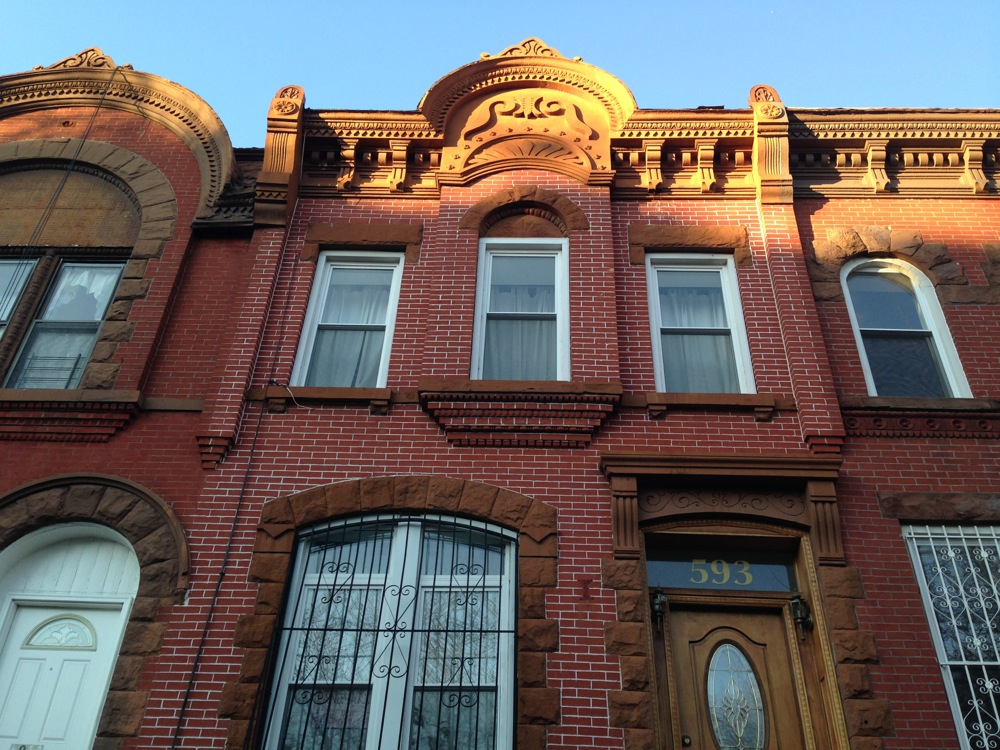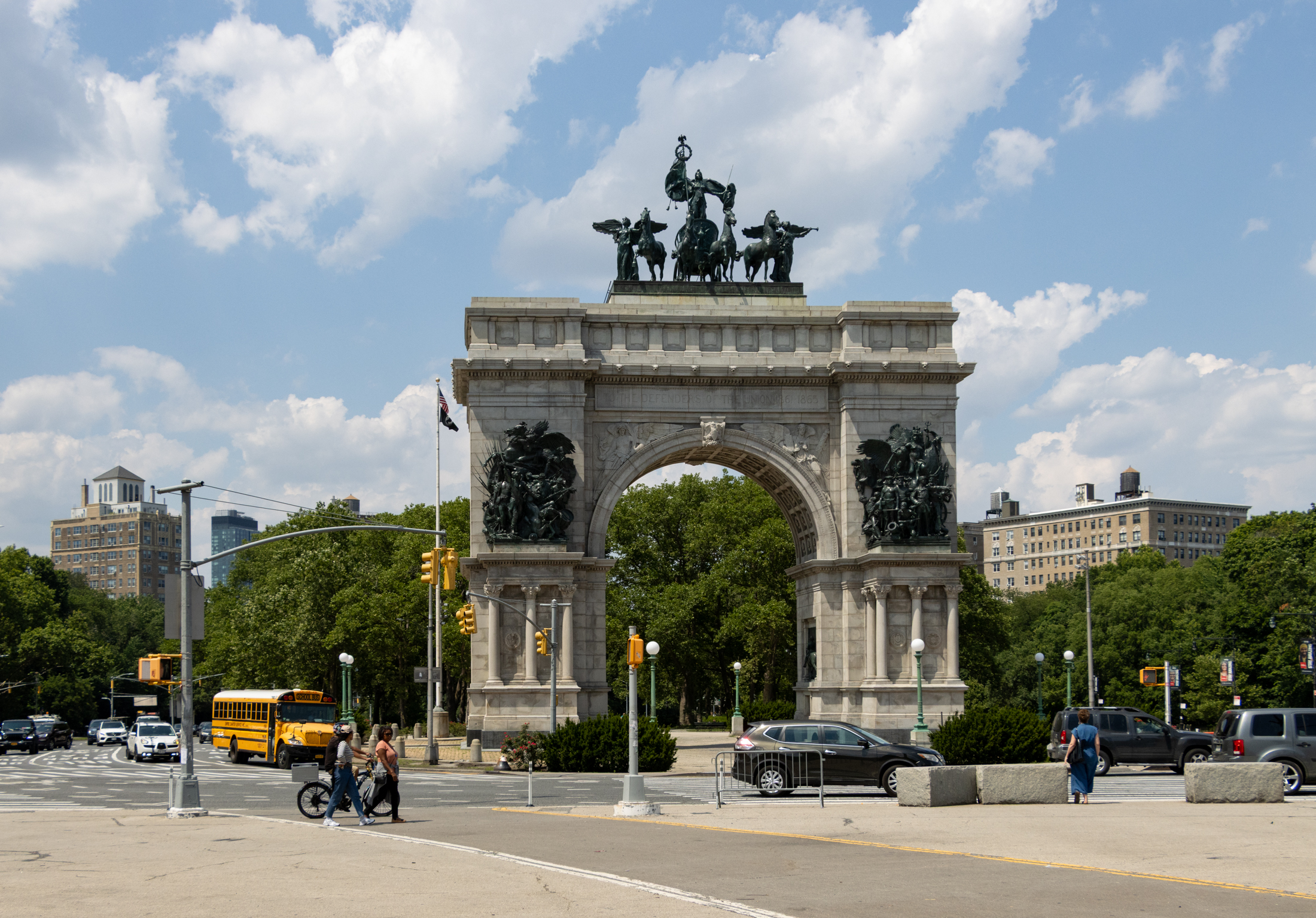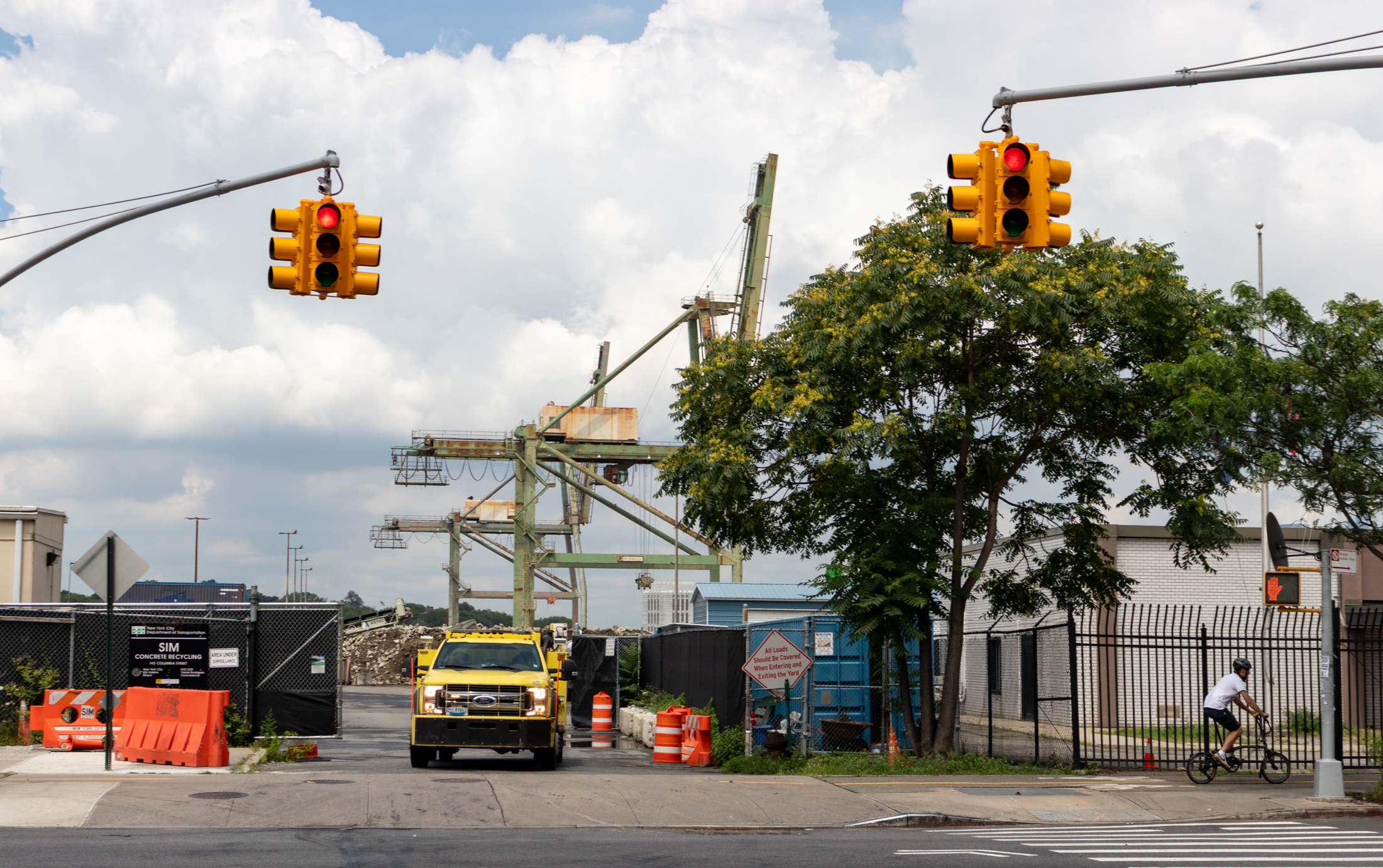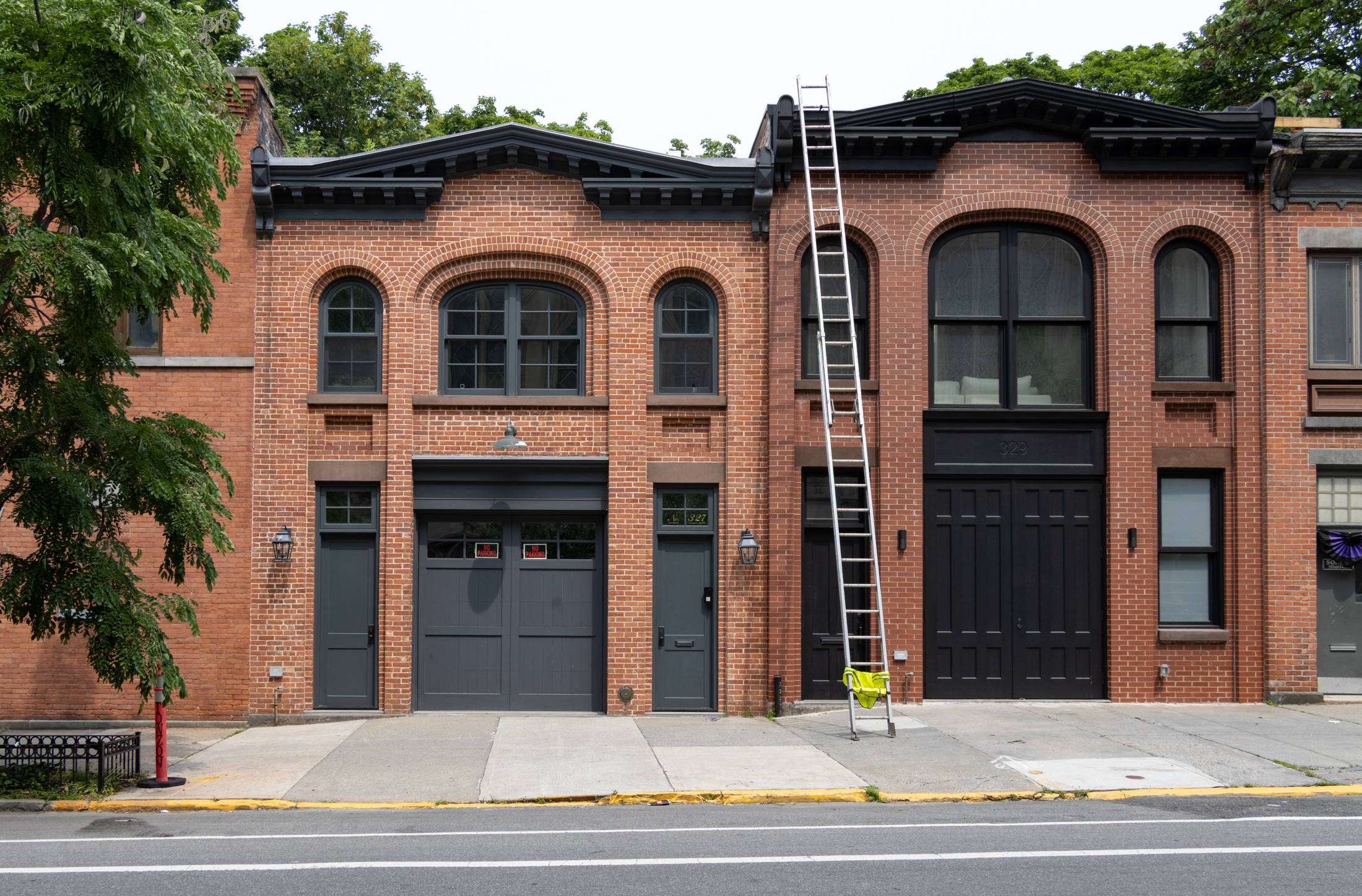Claim: There's a Brooklyn Real Estate Bubble and It Will Never Pop
Is Brooklyn experiencing a real estate bubble that will never pop? That’s the claim of a very long article in Gothamist that examines record high housing costs in Bed Stuy and, more generally, the spread of high sale prices and rents outward from “prime” Brooklyn into “emerging” areas such as Bed Stuy, Bushwick and Crown Heights. It’s…


Is Brooklyn experiencing a real estate bubble that will never pop? That’s the claim of a very long article in Gothamist that examines record high housing costs in Bed Stuy and, more generally, the spread of high sale prices and rents outward from “prime” Brooklyn into “emerging” areas such as Bed Stuy, Bushwick and Crown Heights.
It’s a big grab bag that covers well-worn ground, such as publicly traded firms — most notably Australian REIT Dixon — beating out would be owner occupants of town houses with all cash. It says:
The housing crash of the late 2000s was supposed to have decimated property values across the nation. But in Brooklyn, the housing market barely broke its stride. Supply and demand is supposed to be an immutable truth, yet a well-documented boom in development has done little to stop spiraling prices. Every few weeks, a different neighborhood in New York City’s most populous borough seems to break its own record for most expensive sale. Intuitively, it feels like the borough is at a breaking point. If something goes up, must it come down?
“There’s no end in sight,” says Jesse Keenan, the research director at Columbia University’s Center for Urban Real Estate, referring to Brooklyn’s obscene housing market.
Fact: By definition a bubble is only defined as such in hindsight. You can’t have a bubble without a crash, so to claim we are in a bubble and it will never pop is nothing more than a figure of speech.
But let’s look more closely:
The article says Brooklyn never fell during downturn. Fact: It did. Values in once-redlined areas such as Bed Stuy, Bushwick, Brownsville, and East New York fell 30 to 40 percent between 2006 and 2009. There were huge numbers of short sales and lis pendens. (When we were looking to buy in Bushwick in 2008 and 2009, almost every property we saw was a short sale.)
But Brooklyn is a very big place and at the time there was a big difference between “prime” Brooklyn and these other areas. The more “prime” areas of Brooklyn such as Park Slope fell only a few percentage points.
The article points out the recent runup in prices is extreme, and it is. Fact: Price appreciation since 2012 is jaw dropping, but if you look at a 10-year period since the height of the last boom, the appreciation is very good, but not unusual for an area such as New York City.
Let’s look at one specific example. A renovated brownstone with details at 952 Putnam Avenue in east Bed Stuy sold for $595,000 in 2005. Ten years later, after $150,000 in renovations, it sold for $1,110,000. That’s nearly double, and all the appreciation came in the last three years, after prices in the area fell, then stagnated over seven years. Spread out over time, not counting the cost of renovations, the appreciation was approximately 8.5 percent per year from the original price. Including the renovations, it was about 7 percent.
The article says the bubble will never pop. On the contrary: We’re not necessarily predicting a crash — we don’t know — but we won’t be surprised if the market cools when interest rates go up. The Fed has been talking about this for years but now may actually do it, as Fed chair Janet Yellen recently warned.
The story ends on a very different note from where it started, saying the recent record-high prices in Brooklyn are really just a return to “what it always should have been worth. The fact is, the borough is fundamentally an attractive place to live. It’s in the country’s financial and cultural capital, is traversable by excellent public transit, has a lot of historic neighborhoods, and boasts relatively low crime.”
We agree. What do you think?
The Brooklyn Real Estate Bubble Will Never Pop [Gothamist]





The rents are driving this.
Any investor knows a broad market index fund can yield nearly certain 4% returns over the long run.
If a house can yield comparably, it’s a good investment.
For every $1m the net should be $40k.
As long as people can earn the money to afford the high rents, property values will remain high.
If a house can pull in 50k a year in rents, it is worth around 1m to an investor.
Interesting. I think it’s interest rate driven too. And I kind of think the Fed’s hands have been tied for a very long time re: rates. If they go up, something will have to give. I think they should go up–I think it would be healthy for the economy if money wasn’t being dumped and warehoused in real estate… and if bonds were worth anything, perhaps it wouldn’t be.
I also want to comment that as a renter who can afford 50K in rent, I still can’t buy a million dollar house. So… I’m not sure what that means regarding the metric.
What I mean is, historically a 4% return on money is actually pretty terrible. It may not be a good thing, this zero inflation model, that is not actually zero inflation, because housing prices, health insurance and education have basically outstripped everyone’s ability to afford them.
I think that, leaving aside factors such as quality of life improvements, etc. interest rates have a lot to do with it. During the 2004 to 2007 bubble, 30 year mortgage interest rates hovered in the 5.5 to 6.5% range, and that was considered low and a factor fueling the bubble. Since the 2008 crisis the rates have gone down basically non-stop. Desirability has attracted a lot of cash towards New York, and Brooklyn in particular. Nominal prices are scary and sound insane but since most people will get a mortgage, that’s less impossible that it seems from an upper-middle class perspective. The tricky part is having assets for a down payment. In my case I bought in Park Slope in 2010 with a 4.65% rate, sold last year and bought in Bay Ridge, now at a 3.75% rate. I get cold sweat fits when I realize my mortgage is 740K but the monthly is 3,446. If my rate were a more historically reasonable 6.5% it would be paying 4,677. So yeah: it’s the rates.
I am not God and don’t foresee futures. What I do see is that by looking at data of Loan to value of mortgages on BEdstuy/Bushwick townhouses compared to pricing … I see that Bedstuy’s/Bushwicks homeowners (or investors) are hardly leveraged (Many buyers have zero mortgages last two years). Last crash was caused by over leveraging. So the cause of last crash is not here.
Rate increase doomsday talk wont cause crash in such an area (on townhouses) either as mortgages arent the deciding factor obviously.